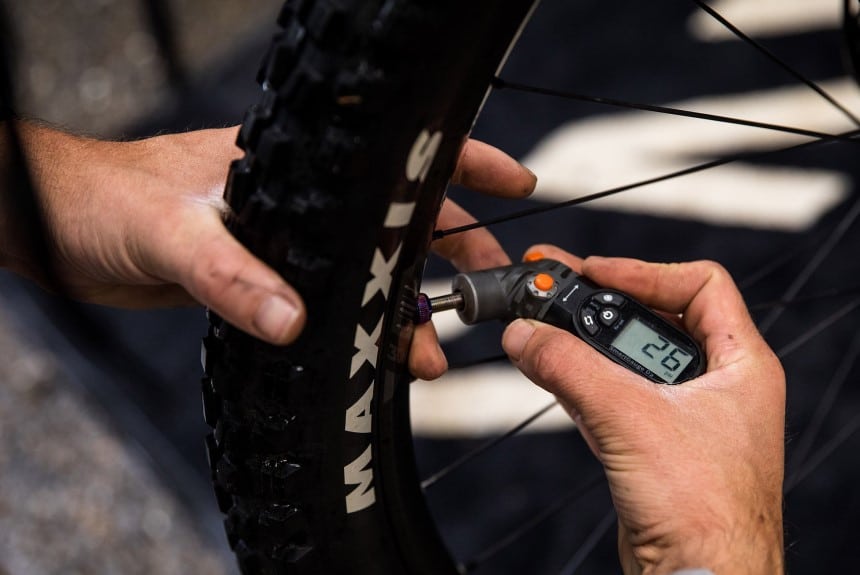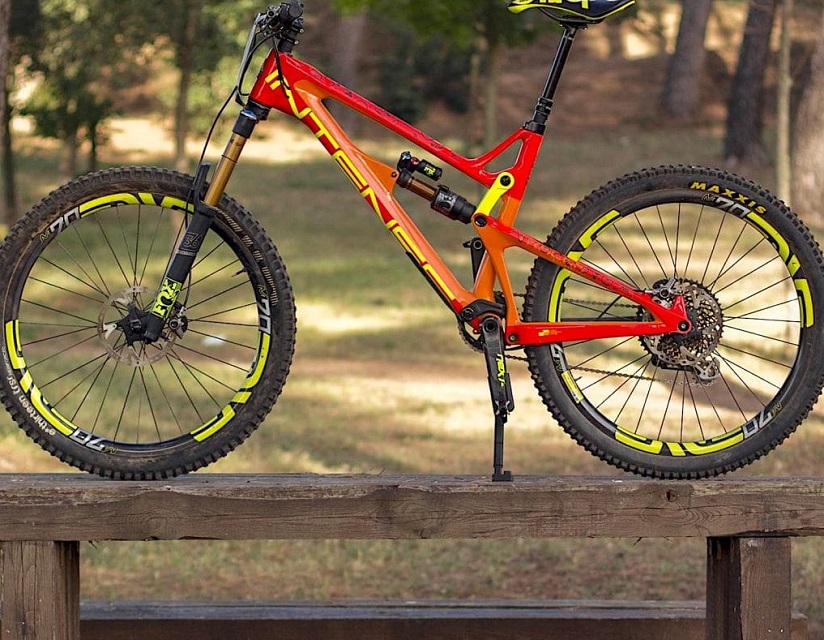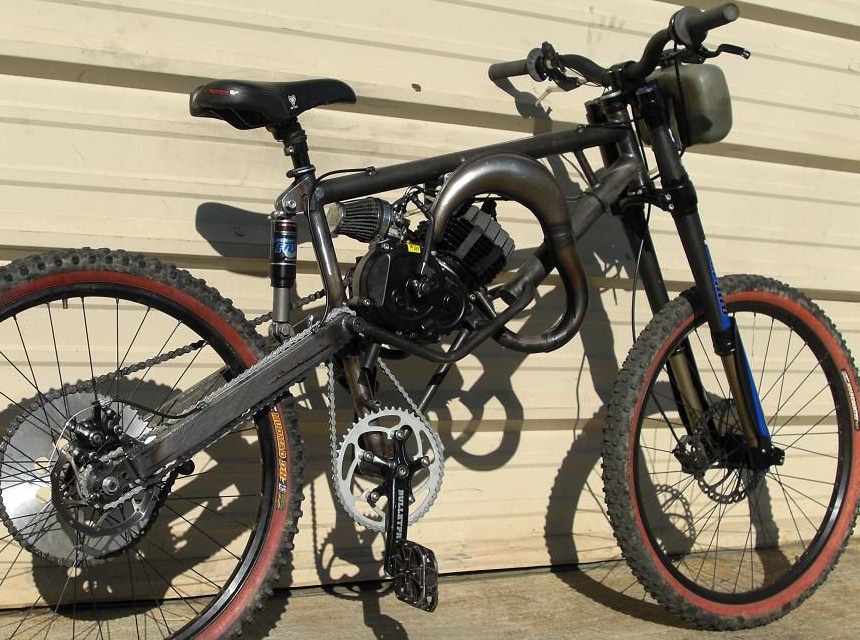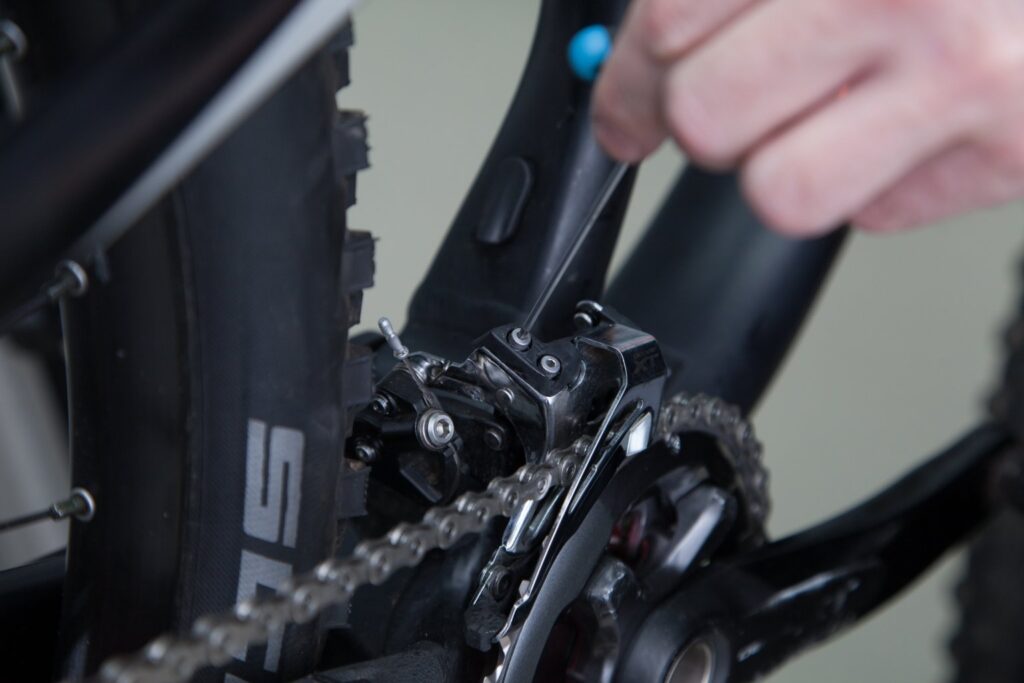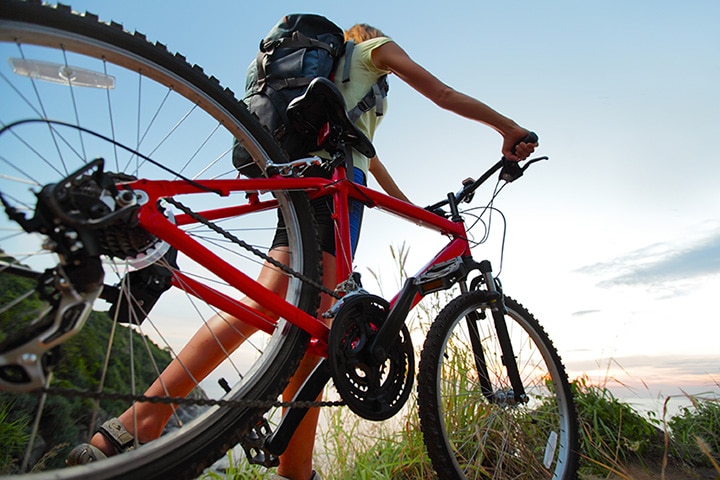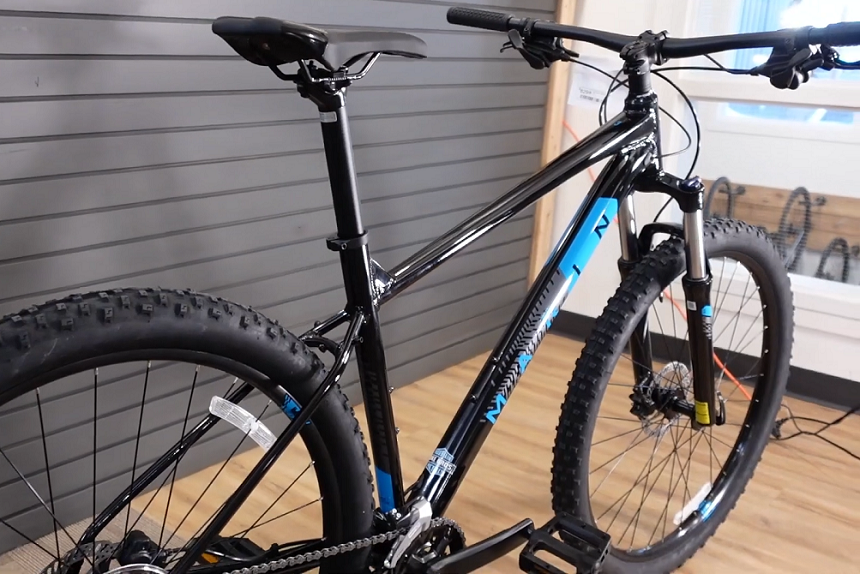- Trails
-
Bikes
-
Gear
-
Tips & Tricks
-
About us



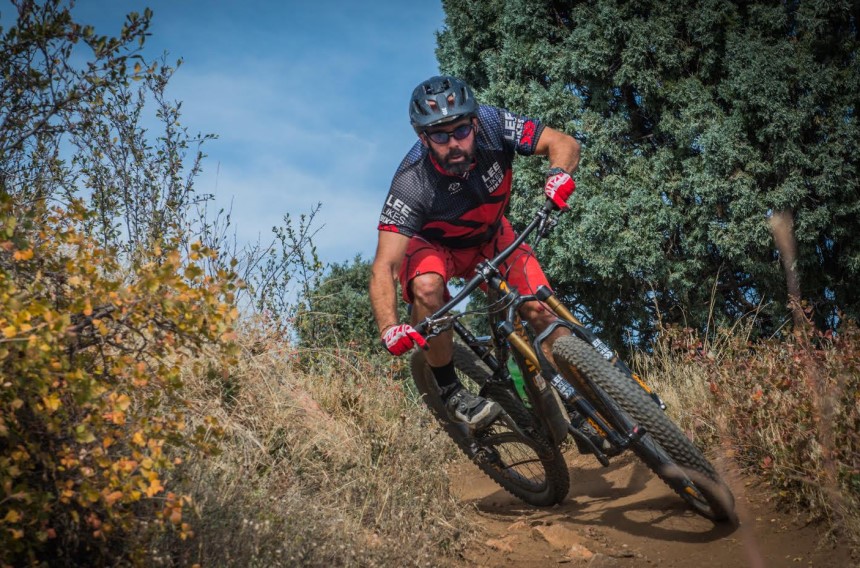
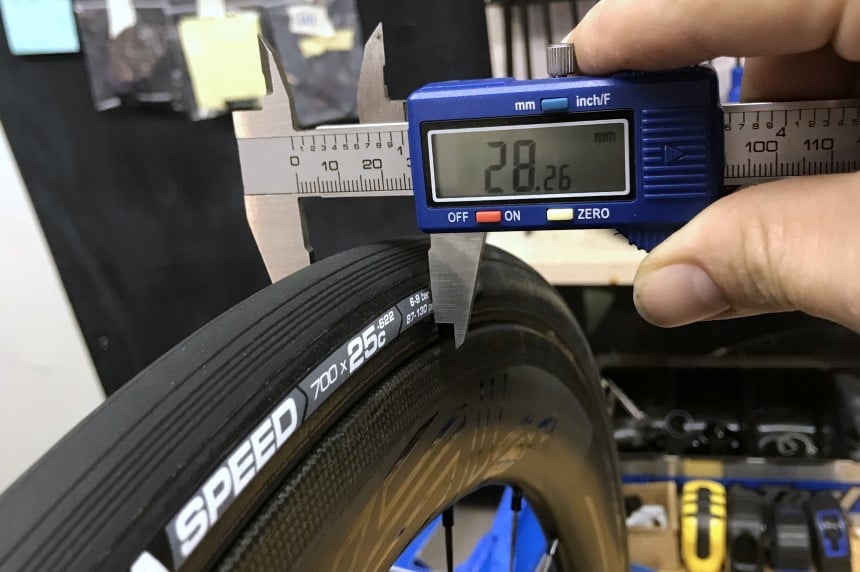
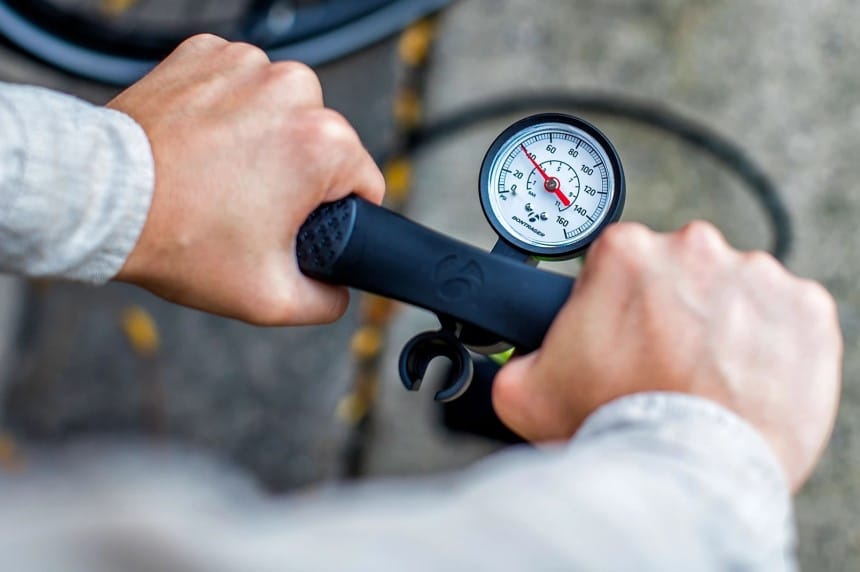 If you haven’t done the field test that we’ve suggested earlier, don’t worry. We’ll be able to give you a good starting point in a bit. Let’s remind ourselves that it could depend on whether or not you are running
If you haven’t done the field test that we’ve suggested earlier, don’t worry. We’ll be able to give you a good starting point in a bit. Let’s remind ourselves that it could depend on whether or not you are running 